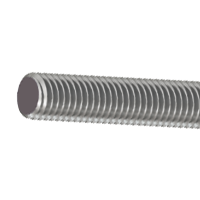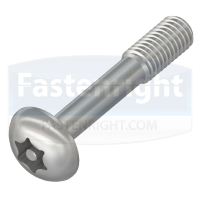According to thesauruses, bolts and screws are synonyms—interchangeable terms for threaded fasteners. But while it might be tempting to lump these fixings together for simplicity, (it would make our job easier!) the reality is more nuanced. Understanding the differences between bolts and screws is essential to selecting the right fastener for your application.
It is true that, to the naked eye, there does not appear to be much difference between a bolt and a screw. They are both threaded fixings and have a head for tightening the fastener. However, they differ significantly in design, functionality, and application.
Threading: A Key Difference
One of the most obvious distinctions lies in the threading:
- Bolts are typically partially threaded, with a plain shank portion.
- Screws are almost always fully threaded, right up to the head.
This difference impacts their strength and how they interact with materials:
- The plain section of a bolt adds shear strength, making it less likely to bend under stress.
- Fully threaded screws provide a tighter grip, making them ideal for applications where precision fastening is required.

Partially threaded

Fully threaded
Installation Methods
Screws:
- Screws are usually installed into pre-tapped holes or materials that they can create a thread in themselves (e.g., self-tapping screws).
- Screws don’t require nuts; they achieve security by tightening directly into the material.
- They are generally shorter than the thickness of the material they fasten, ensuring they don’t protrude through the other side.
- Common tools: Screwdrivers or driver bits that match the screw’s drive recess (e.g., Torx).
Example: Self-tapping chipboard screws are ideal for securing lightweight materials like wood or fibreboard.
Bolts:
- Bolts are usually paired with nuts, which secure the bolt on the other side of the material.
- The holes for bolts are not threaded, as bolts are pushed through and tightened with the nut.
- Bolts are typically longer than the material’s width, allowing the threaded end to protrude for the nut.
- Common tools: Spanners, wrenches, or socket drivers to grip the bolt head while tightening the nut.
Example: A partial-thread hex bolt provides excellent resistance to shear forces, making it suitable for structural applications.
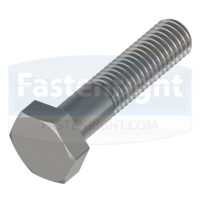
Partial thread hex bolt
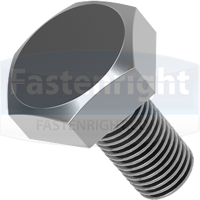
Hexagon set screw
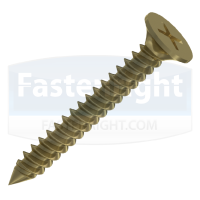
Self-tapping chipboard screw
While bolts and screws might seem similar at first glance, their differences in threading, installation, and application are significant. Understanding these distinctions can save time, improve safety, and ensure the durability of your project.
Ready to find the perfect fastening solution? Browse our wide range of products or contact us for expert advice.
Versatility of Bolts
Bolts can also mimic screws in some cases. For instance:
- When paired with threaded components, bolts don’t require nuts and can function like screws.
- Fully threaded bolts, also called set screws, blur the line further, offering the gripping advantage of screws with the strength of bolts.
Bolts and screws for security applications
The development of bolts and screws, particularly where security is a factor, has been driven mainly by the applications they are being used for and the level of security required. For example:
Permanent Fixings:
- Shear bolts are a prime example, designed for tamper-proof installations. Once tightened, the head snaps off, leaving a plain, drive-less surface that cannot be removed without specialised tools.
Removable Fixings:
- Here, the head design is critical. The drive mechanism should not be easily accessible to deter tampering. Security screws often feature unique drive patterns, requiring specialised driver bits or patented tools for installation and removal.
Example: In our Tricone® security bolt, the driver tool is patented, uniquely coded and traceable for the ultimate in security.
Choosing the Right Fastener
Selecting the correct bolt or screw depends on the application, materials involved, and the required level of security or permanence.
While bolts and screws might seem similar at first glance, their differences in threading, installation, and application are significant. Understanding these distinctions can save time, improve safety, and ensure the durability of your project.
At Fastenright, we offer an extensive range of both general fixings and security fasteners for all applications. As you browse the ranges you will see the extent of the choice available. If you’re unsure which type of fixing is best for your needs, our expert sales team is ready to help you make an informed choice.
(Article updated 27/11/24)


